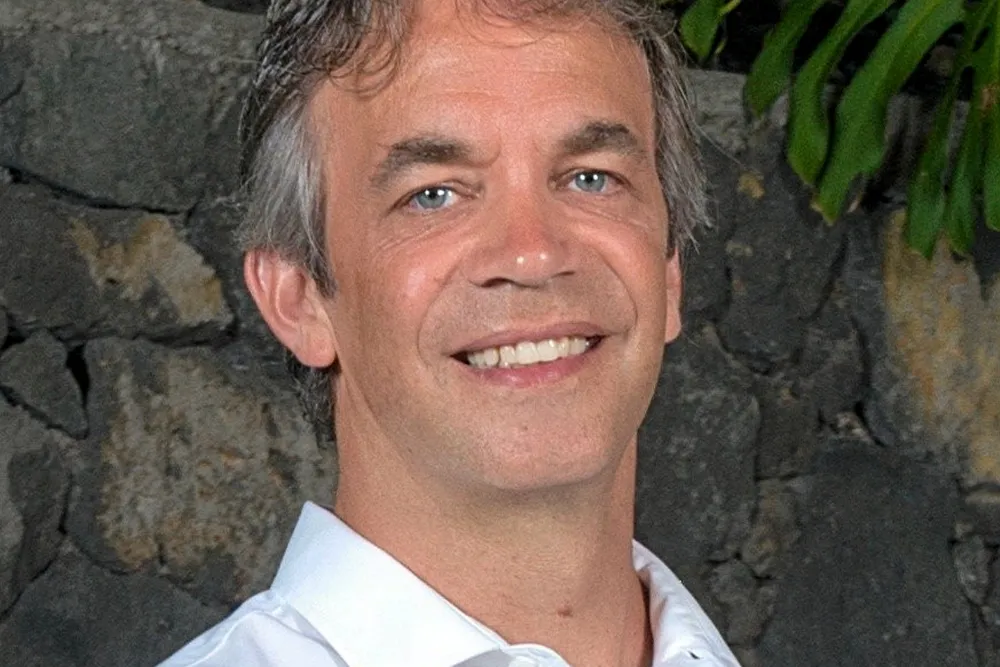World Bank says $16bn ‘grand bargain’ could unleash offshore wind in new markets
Concessional financing is key to overcoming the high costs of initial 'pathfinder' projects in emerging markets, says report

The World Bank is calling for a $15.6bn war chest to help unlock the “huge opportunity” of offshore wind in emerging markets, even as some Western developers stay close to home amid industry struggles.
The World Bank recently published a report calling for a “coordinated public and private sector response” to overcome the initial cost barriers that are stalling the development of offshore wind in developing countries.
Despite cost reductions in the industry, it said the initial “pathfinder” projects in any country will have a "cost premium" as developers, investors, and lenders factor in a wide range of "uncertainties, higher costs and risks.”
This represents a “major obstacle to moving forward,” it said, as governments in emerging markets “find it hard to justify this higher initial cost,” despite being aware that subsequent projects will be much cheaper.
Using concessional climate financing to reduce the initial cost premium presents a “high impact opportunity to enable emerging market governments to commit to offshore wind and accelerate global decarbonisation efforts,” it claimed.
A major programme to accelerate the deployment of offshore wind should, it said, target at least 10GW of capacity across ten countries.
That would require “at least $4.8bn of concessional public debt, $8.3bn of concessional private debt and $2.5bn in grants over an initial five-year period," said The World Bank. This money would be provided by rich donor countries and institutions such as the UN's Green Climate Fund.
Here, the report called for a "grand bargain" to be reached between the donor countries and developing countries.
Donor countries, in return for their funding, would get "significant trade and export opportunities" along with a "big-ticket opportunity to accelerate the pace of global decarbonisation."
Developing countries would meanwhile have to swallow tariffs still initially higher than new-build solar or onshore wind to reap long-term benefits of cheaper power and energy security.
The World Bank’s Offshore Wind Development Program has been helping developing countries – which have eyed the success of offshore wind in places like the UK – size up their own potential.
'Current problems in offshore wind will pass'
Coupled with generous renewables subsidies now on offer in the US and EU, he said that many European offshore wind developers have “refocused” on core markets.
“When there’s trouble on the horizon home is a safe place to be.
“Offshore wind is not going to take the place it needs to if it’s just in Europe, China and the United States,” said Whittaker.
He added that developers with “different risk appetites” and under less pressure than others, as well as local players, “are still eager for new opportunities and new markets.”
Fellow co-lead Mark Leybourne said that although the offshore wind industry is having issues right now, “these things are transitory”.
“We’ve seen this before,” he said. The industry went through the same thing after the 2008 financial crisis when the industry saw prices “skyrocket”.
“The reality” he said is that offshore wind projects take a long time to develop, “so five years from now these issues will likely have been resolved and the prices will have come back down.”
And while the numbers they’re asking for in terms of financing “are big,” he added that, “in the context of the energy transition, they are tiny.”
(Copyright)